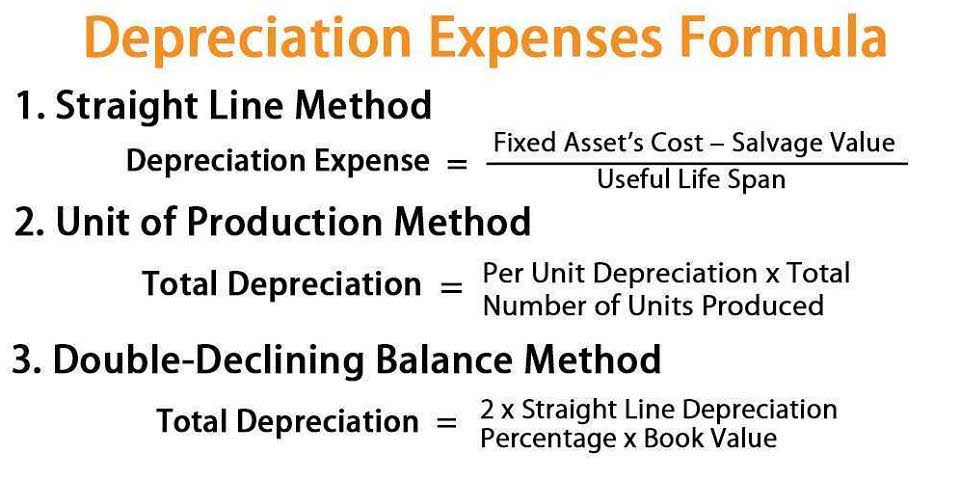
Double-entry bookkeeping means that for every journal entry you make in an account, you must make an opposite entry in a different account. Every debit on one account is balanced by a credit to another account. The process of journalizing starts whenever a business transaction occurs. Each step in the accounting cycle is equally important, but if the first step is done incorrectly, it throws off all subsequent steps.

Recording Transactions In Accounting, Simply Explained With Examples
The increase to assets would be reflected on the balance sheet. The income statement would see an increase to revenues, changing net income (loss). Even though the company won’t pay the bill until August, accrual accounting calls for the company to record the transaction in July, debiting utility expenses. A balance sheet reports a company’s financial position as of a specific date. It lists the company’s assets, liabilities, and equity, and the financial statement rolls over from one period to the next. Financial accounting guidance dictates how a company records cash, values assets, and reports debt.
Income Statement
The following are the most common types of https://www.bookstime.com/ accounting transactions that you’ll need to enter for your small business. In addition to using accounting software, look for other opportunities for automation. For example, setting up automatic bill payments means you’ll never miss a due date. Invoice Simple is a tool that makes it easier than ever to invoice customers from your phone or laptop. This way, you’ll have pristine records of all your invoices next time you put your books through the accounting cycle.
Recording Transactions: Accounts Payable
- We will start by walking through the step-by-step process of analyzing and recording service business transactions that follow the debit and credit rules.
- Items that help manufacture or support the manufacture of inventory or the provision of a good or service.
- The following are the most common types of accounting transactions that you’ll need to enter for your small business.
- Companies and organizations often have an accounting manual that details the pertinent accounting rules.
- A major component of the accounting profession is the “Big Four”.
It’s a step-by-step process that helps you methodically organize and assemble the pieces. This way, you can make sure no financial information is missing or inaccurate. Assets like vehicles, equipment, and commercial buildings are recorded as fixed assets. These assets are depreciated each year to reflect that they’re losing value, and the depreciation can be claimed off taxes. But there’s a fat rulebook for how depreciation is done so it’s worth getting a professional to help keep you compliant. Purchases computer equipment on account (to be paid for later) for $3,500, payment due within the month.

Entry #3 — PGS takes out a bank loan to renovate the new store location for $100,000 and agrees to pay $1,000 a month. He spends all of the money on improving and updating the store’s fixtures and looks. Alternatively, the budget cycle relates to future operating performance and planning for future transactions. The accounting cycle assists in producing information for external users, while the budget cycle is mainly used for internal management purposes.

Journal entries

For example, some software can help link transaction fees or courier costs to specific transactions which https://www.facebook.com/BooksTimeInc/ can be handy for working out the true cost of sales. Again, you can hook software like that into an online accounting package to pull that information together. There is an increase in an asset account (Furniture and Fixtures) in exchange for a decrease in another asset (Cash).
There are several types of accounting transactions for business, but luckily for freelancers, there are a few main types of accounting transactions you’ll want to master. The accounting transactions outlined below are examples of transactions you’d record in your journal, in chronological order, as part of the journalizing process. To complete the process, you’ll want to record the business transaction as a journal entry in the correct journal.
You can either pay the bill immediately, expensing it to the appropriate account, or you can record it in accounts payable to pay at a later date. Staying organized means keeping accurate and up-to-date records of all your financial transactions. This is one of the simplest but most effective ways to streamline the accounting cycle. The accounting cycle is a series of steps businesses use to organize and report their financial activities.
Journal entries: More examples

Let’s summarise the transactions and make sure the accounting equation has remained balanced. Accounts payable recording transactions in accounting would now have a credit balance of $1,000 ($1,500 initial credit in transaction #5 less $500 debit in the above transaction). The principles are the basis of all financial accounting technical guidance. These five principles relate to the accrual method of accounting.
